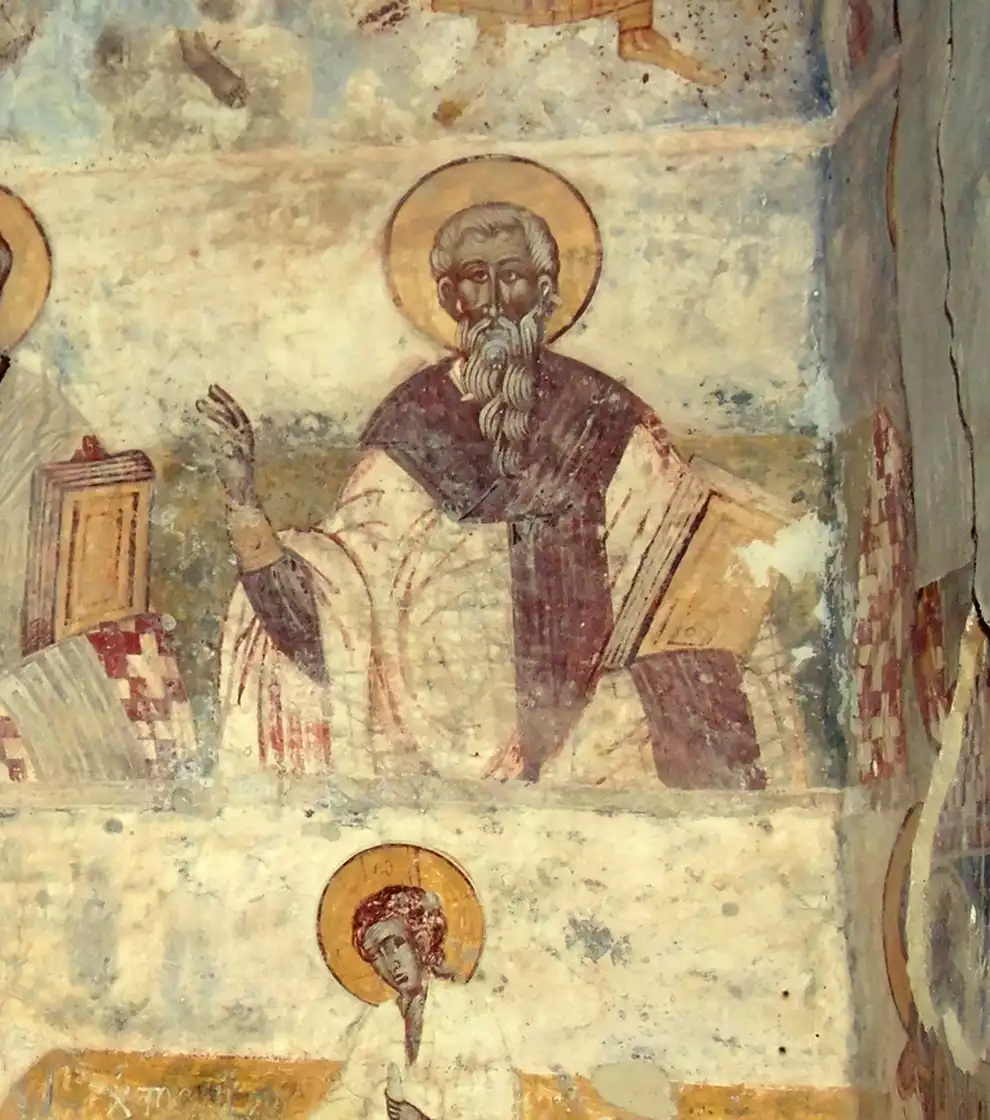
The Western Rite Orthodox Church embodies a unique facet of Christian Orthodoxy, offering a liturgical path that intertwines the spiritual depth of Eastern Orthodoxy with the liturgical heritage of the Western Christian tradition. This distinct entity within the Orthodox Christian faith caters to those who seek the mystical theology of Orthodoxy while retaining the liturgical and devotional practices rooted in the Western ecclesiastical tradition.
Historical Context and Development
The genesis of the Western Rite Orthodox Church traces back to the 19th and early 20th centuries. During this period, several Western Christian groups, primarily of Anglican and Roman Catholic backgrounds, sought to align with the Orthodox Church. Their aspiration was not merely to convert but to bring their rich liturgical heritage into the Orthodox fold. This integration marked a significant moment in Orthodox history, reflecting a commitment to liturgical diversity and inclusivity.
The journey towards establishing the Western Rite within Orthodoxy was facilitated by key Orthodox figures who recognized the value of Western liturgical practices. Notably, it was not an endeavor to create a hybrid church but to allow the Western liturgical tradition to flourish under the Orthodox theological framework. The movement gained momentum with the establishment of Western Rite communities, particularly in Europe and America, where the liturgies, though Western in form, were thoroughly imbued with Orthodox theology and spirituality.
Central to the Western Rite’s ethos is its adherence to Orthodox dogma and ecclesiology while maintaining Western liturgical forms. This includes the use of the Liturgy of St. Gregory, which mirrors the Tridentine Mass, and the Liturgy of St. Tikhon, derived from the Anglican Book of Common Prayer. These liturgies underwent necessary modifications to align with Orthodox theology, thereby ensuring doctrinal integrity while respecting liturgical heritage.
The adoption of Western Rite liturgies by Orthodox Christians symbolizes a profound respect for the universality and diversity within the Church. It acknowledges that the Orthodox faith, while deeply rooted in its Eastern heritage, is not confined to a single cultural or liturgical expression. The Western Rite Orthodox Church thus serves as a bridge, uniting the Eastern and Western Christian traditions under the umbrella of Orthodoxy.
This integration has not been without challenges. Debates regarding liturgical authenticity and the fear of syncretism have been part of the Western Rite’s journey. However, the enduring presence of the Western Rite Orthodox Church testifies to the richness and adaptability of the Orthodox tradition, affirming its capacity to embrace diverse forms of worship while maintaining theological and spiritual coherence.
Liturgical Practices and Community Life
The Western Rite Orthodox Church, while firmly grounded in the Eastern Orthodox theological tradition, showcases its uniqueness through its liturgical practices and community life. The liturgies, predominantly the Liturgy of St. Gregory and the Liturgy of St. Tikhon, are celebrated with profound reverence, mirroring the sacredness inherent in Eastern Orthodox worship. These rites, adapted to align with Orthodox theology, retain elements distinctive to Western Christianity, such as specific prayers, chants, and liturgical vestments, offering a familiar yet transformative spiritual experience to its adherents.
Community life in the Western Rite Orthodox Church is marked by a commitment to preserving the Western Christian liturgical and spiritual heritage within the Orthodox framework. Parishes often engage in traditional Western forms of devotional practices, such as the observance of the Western liturgical calendar, including seasons like Advent and Lent, and the celebration of feasts and saints not commonly commemorated in the Eastern Orthodox Church. This integration fosters a unique community identity, harmonizing Eastern theological depth with Western liturgical richness.
The Western Rite Orthodox Church also emphasizes religious education and spiritual formation, rooted in the Orthodox tradition. This includes catechesis that delves into Orthodox theology, spirituality, and history, alongside an exploration of Western Christian thought and practice. Through this holistic approach, the Western Rite communities ensure a well-rounded spiritual upbringing, deeply embedded in the Orthodox Christian ethos.
The Western Rite Orthodox Church stands as a testament to the Orthodox Church’s ability to embrace diversity while upholding its theological and liturgical integrity. It represents a confluence of East and West, offering a unique pathway for those drawn to Orthodox Christianity, yet connected to the Western liturgical tradition. As this rite continues to grow and evolve, it enriches the broader Orthodox Christian world, affirming the universality and inclusivity at the heart of the Orthodox faith.
References
- Fortescue, Adrian. The Orthodox Eastern Church.” Catholic Truth Society, 2001.
- King, Archdale A. “The Rites of Eastern Christendom.” Gorgias Press, 2007.
- Meyendorff, John. “Orthodoxy and Catholicity.” St. Vladimir’s Seminary Press, 1995.
- Palmer, G.E.H., Sherrard, Philip, Ware, Kallistos. “The Philokalia.” Faber and Faber, 1979.
- Taft, Robert F. “The Byzantine Rite: A Short History.” Liturgical Press, 1992.
- Ware, Kallistos. “The Orthodox Church: New Edition.” Penguin Books, 1993.
